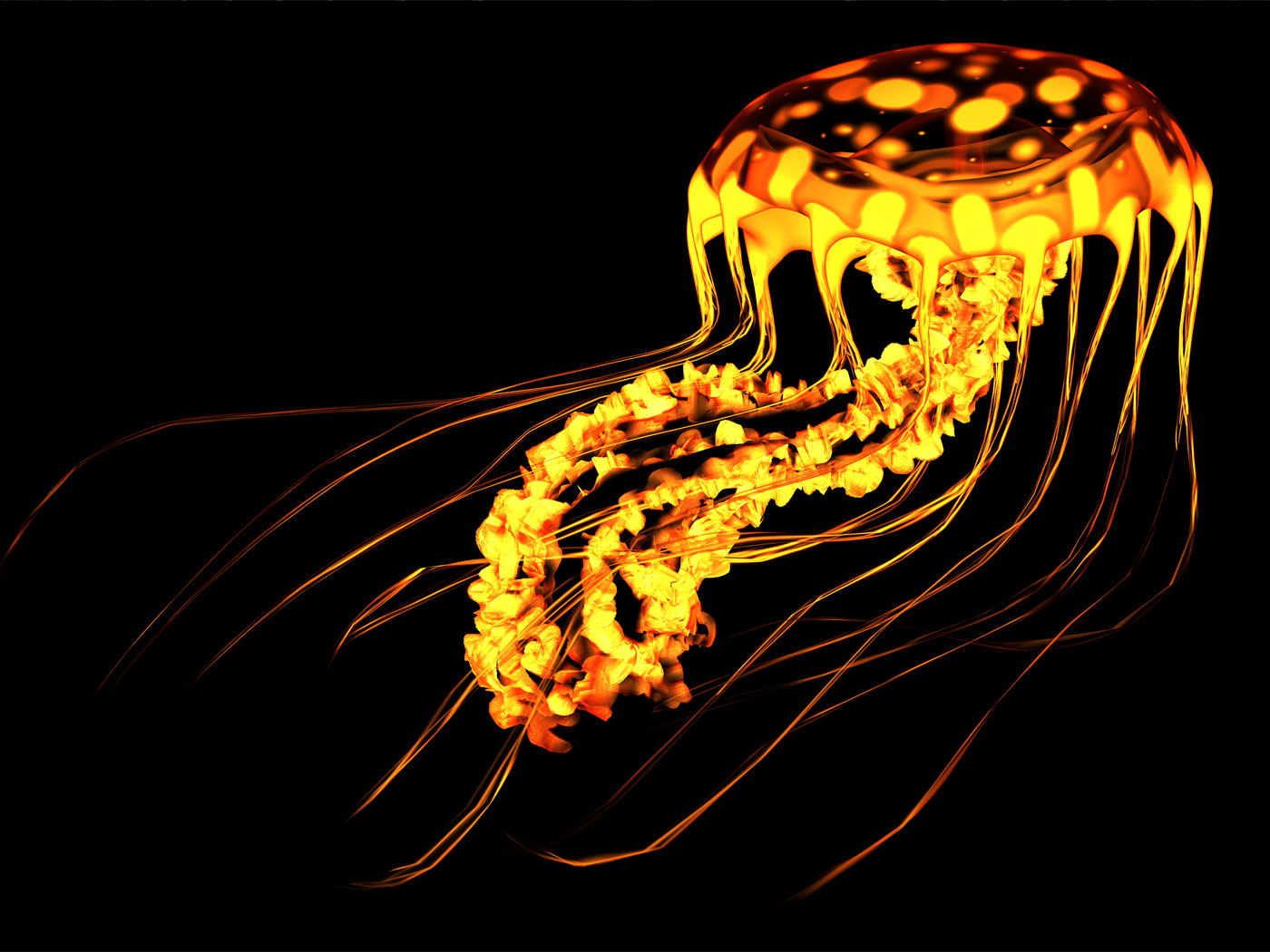Recent genome reports show that the Neandertals are essentially fully human, causing scientists to reclassify them as "archaic humans."1,2 But what about the apparent subtle differences in anatomy that first caused scientists to claim that Neandertals were a completely different species? It turns out that the answer can be found in epigenetics, according to newly published research.3
Epigenetics, in the more modern sense, refers to the heritable chemical changes performed by cellular machines to DNA that alter gene function without actually changing the DNA nucleotide code. In the field of genomics, it is more accurately referred to as chromatin modification. Chromatin is the stuff chromosomes are made of which consists of the DNA molecule packaged around proteins called histones. Both the DNA and the histone proteins can be chemically modified to control how genes function and are regulated along the chromosome.
Specifically, the DNA molecule is modified by adding methyl groups to the cytosine nucleotides called DNA methylation. In general, the more methylated the DNA is at the start of a gene region, the less active the gene is. The patterns of DNA methylation across the genome are collectively called the methylome and can be compared between similar genomes and correlated with specific types of gene activity.
In a recent report in the journal Science, researchers studied the methylomes of two different Neandertals using a new indirect method of analysis for archaic DNA.3 They corroborated their DNA methylation profiles with modern humans and reported that "over 99% of both archaic genomes show no significant methylation differences compared to the present-day human." Another verification of their technique is that they also analyzed the patterns of Neandertal methylation compared to modern humans in housekeeping genes—those that are required for the maintenance of basic cellular function. The methylation patterns were the same compared to modern humans, indicating that the study's methodology was fairly accurate.
The most interesting aspect of the study came when the researchers reported that "in each archaic human we found ~1,100 differentially methylated regions." While some of these areas may have just been related to population variability, significant methylation differences between Neandertals and modern humans were found in areas of the genome associated with the control and regulation of hox gene clusters. Hox genes are known to be associated with bone and skeletal development. Thus, the authors of the report believed that the regulatory changes in these regions driven by epigenetics was at the root of the various anatomical differences we see between modern humans and Neandertals, even though the DNA sequences are essentially the same.
Epigenetic profiles in the genome are affected by diet, life-style, and environmental factors. Creationist climate scientists believe that the earth's environment and human living conditions were much different directly after the flood—about four thousand years ago—than they are today. We also know that the Neandertal remains being found are not in flood sediments, but buried in caves so we can surmise that they were likely living during the first few generations of post-flood humans. Thus, this new epigenetic evidence fits well with biblical based predictions about science: Neandertals were clearly not an evolving pre-human species, but were in fact fully human with trait variability being determined by epigenetic factors.
References
- Tomkins, J. 2014. Ancient Human DNA: Neandertals and Denisovans. Acts & Facts. 43 (3): 9.
- Tomkins, J.P. DNA Proof That Neandertals Are Just Humans. Creation Science Update. Posted on icr.org February 21, 2014, accessed April 20, 2014.
- Gokhman, D., et al. 2014. Reconstructing the DNA Methylation Maps of the Neandertal and the Denisovan. Science. DOI: 10.1126/science.1250368.
*Dr. Tomkins is Research Associate at the Institute for Creation Research and received his Ph.D. in genetics from Clemson University.
Article posted on May 2, 2014.



















